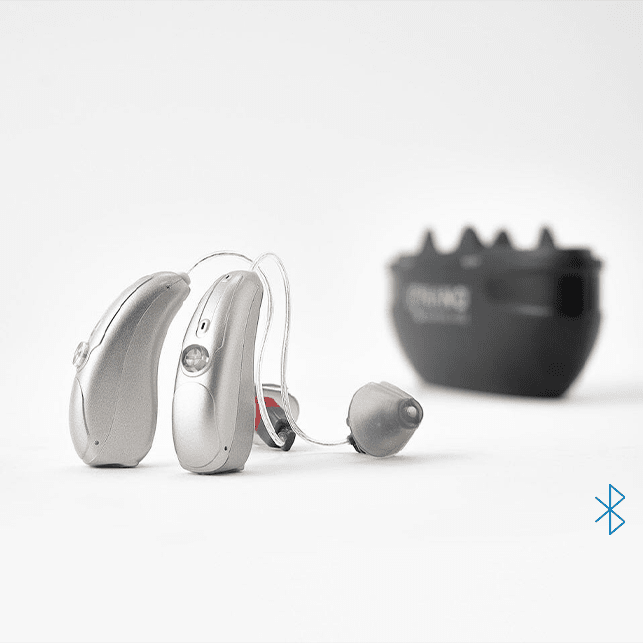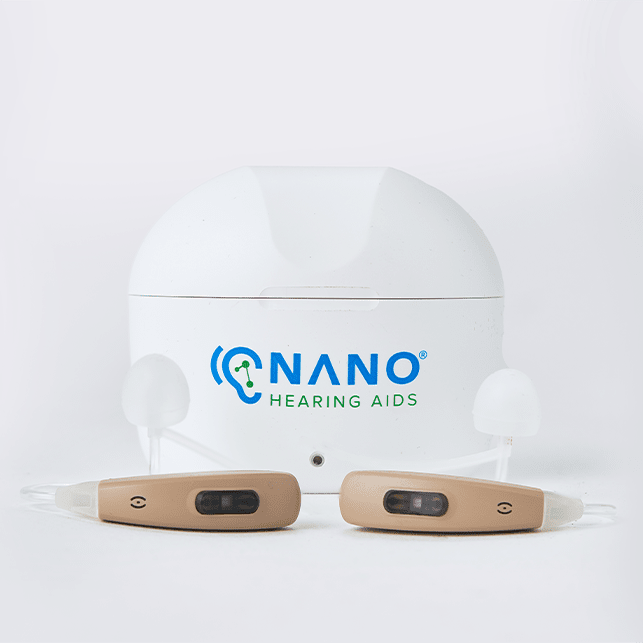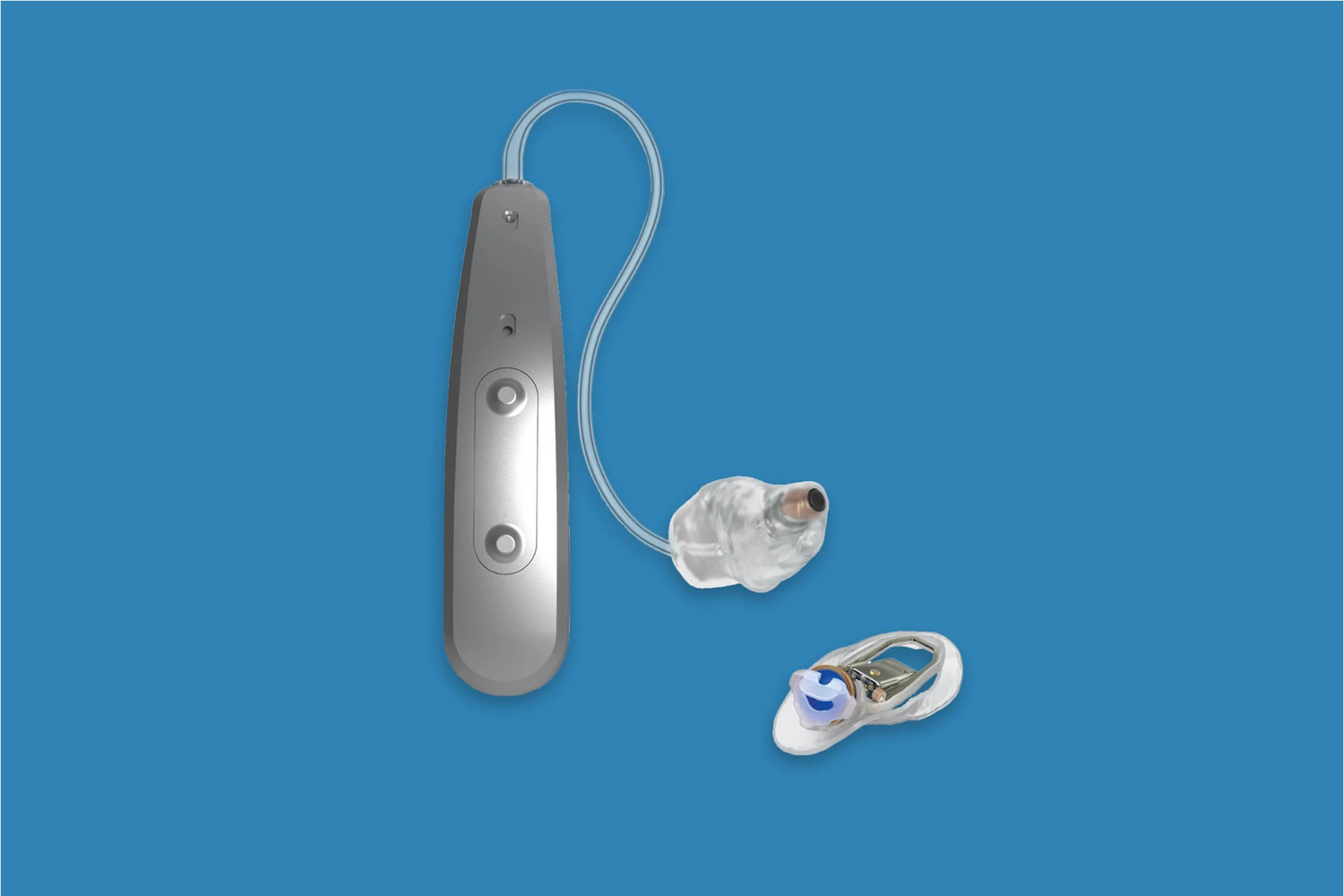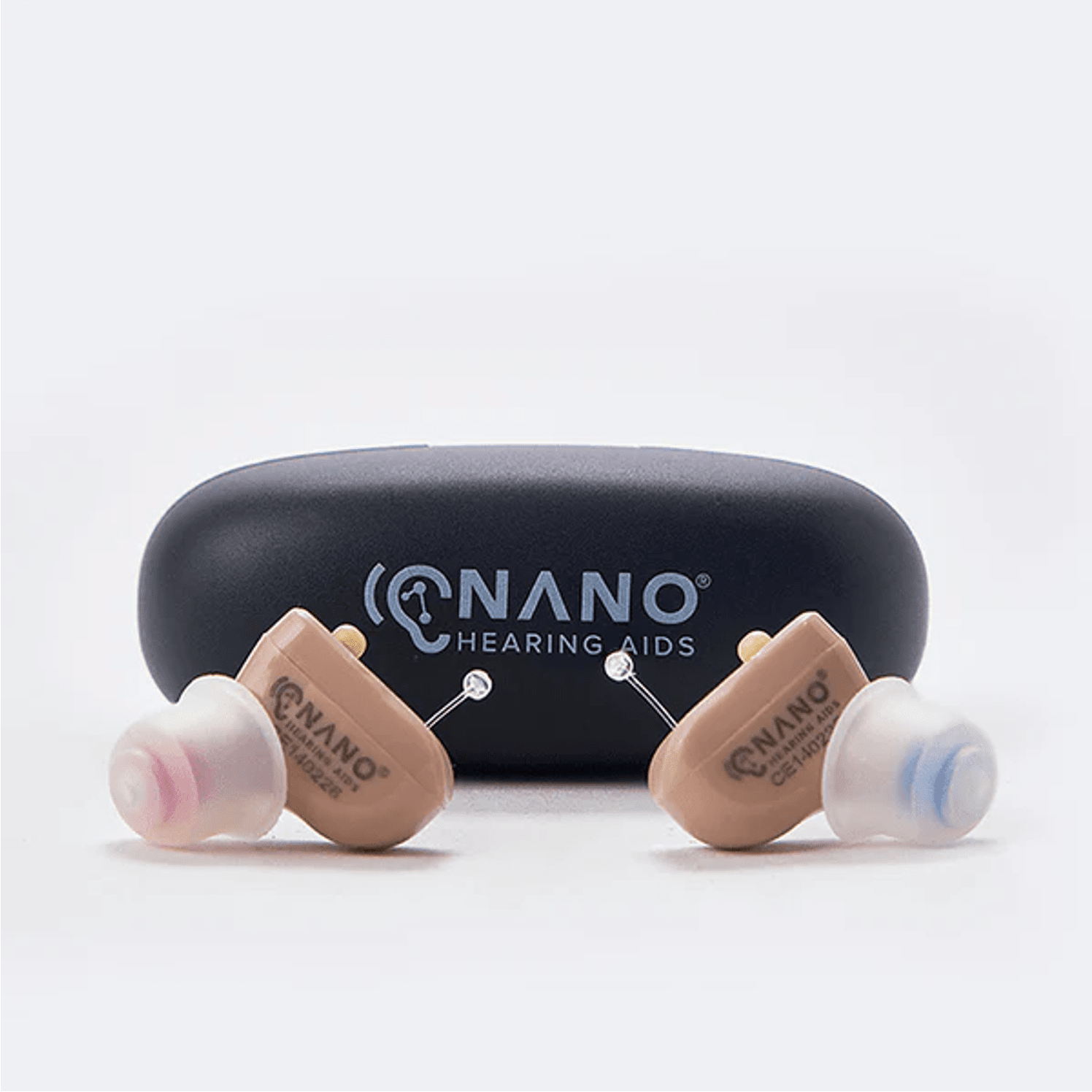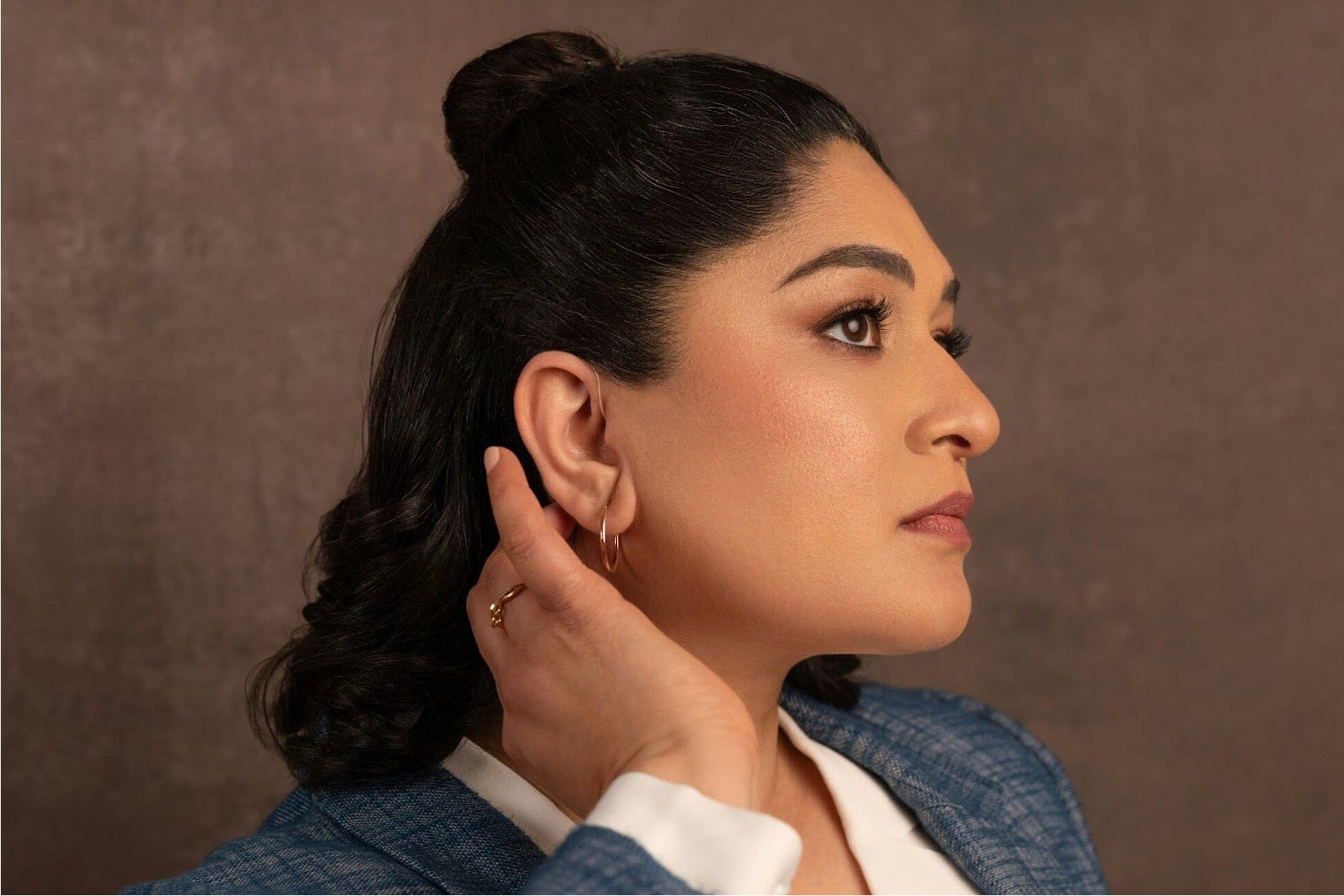Key Takeaways
- Earlens utilizes a unique lens system to vibrate the eardrum, offering a broad frequency range and delivering natural sound quality.
- Cochlear implants bypass damaged parts of the ear, directly stimulating the auditory nerve for those with severe hearing loss.
- Earlens is suitable for individuals with mild to moderate hearing loss, while cochlear implants are suitable for severe to profound hearing loss.
- Both devices have distinct technological components, fitting processes, and maintenance requirements.
- Nano Hearing Aids offers non-invasive, affordable solutions like the First Ear Plus ITE and Audacity RIC for high-quality sound and easy customization for perceived mild to moderate hearing loss.
NANO Hearing Aids are FDA-registered, Class I devices. Our OTC hearing aids are designed for individuals over 18 years of age with perceived mild to moderate hearing impairment. With prices starting at just $297, they offer a viable solution for those looking to improve their hearing without breaking the bank.
What are Earlens and Cochlear Implant
Earlens uses a unique lens system to vibrate the eardrum directly, offering a broad frequency range and delivering natural sound quality. Cochlear implants are for severe to profound hearing loss, bypassing damaged parts of the ear to directly stimulate the auditory nerve, enabling sound perception.
How Earlens Works
- Processor behind the ear captures sound and converts it into signals.
- Signals are transmitted to a lens placed on the eardrum.
- The lens vibrates in response, stimulating the cochlea to produce sound.
How Cochlear Implants Work
- Microphone captures sound, processed into electrical signals.
- Signals sent to an electrode array implanted in the cochlea.
- Electrodes stimulate the auditory nerve, allowing sound perception.
Who Can Benefit from Earlens
Earlens is designed for individuals with perceived mild to moderate hearing loss, particularly those who need enhanced clarity in high-frequency sounds. It’s suitable for those who find traditional hearing aids uncomfortable or ineffective, offering a more natural listening experience by reducing feedback and occlusion.
Nano Hearing Aids is an affordable alternative, with different hearing aid models for perceived mild to moderate hearing loss - from receiver-in-canal (RIC) to behind-the-ear (BTE).
Earlens: Use innovative technology to deliver quality and clear sound.
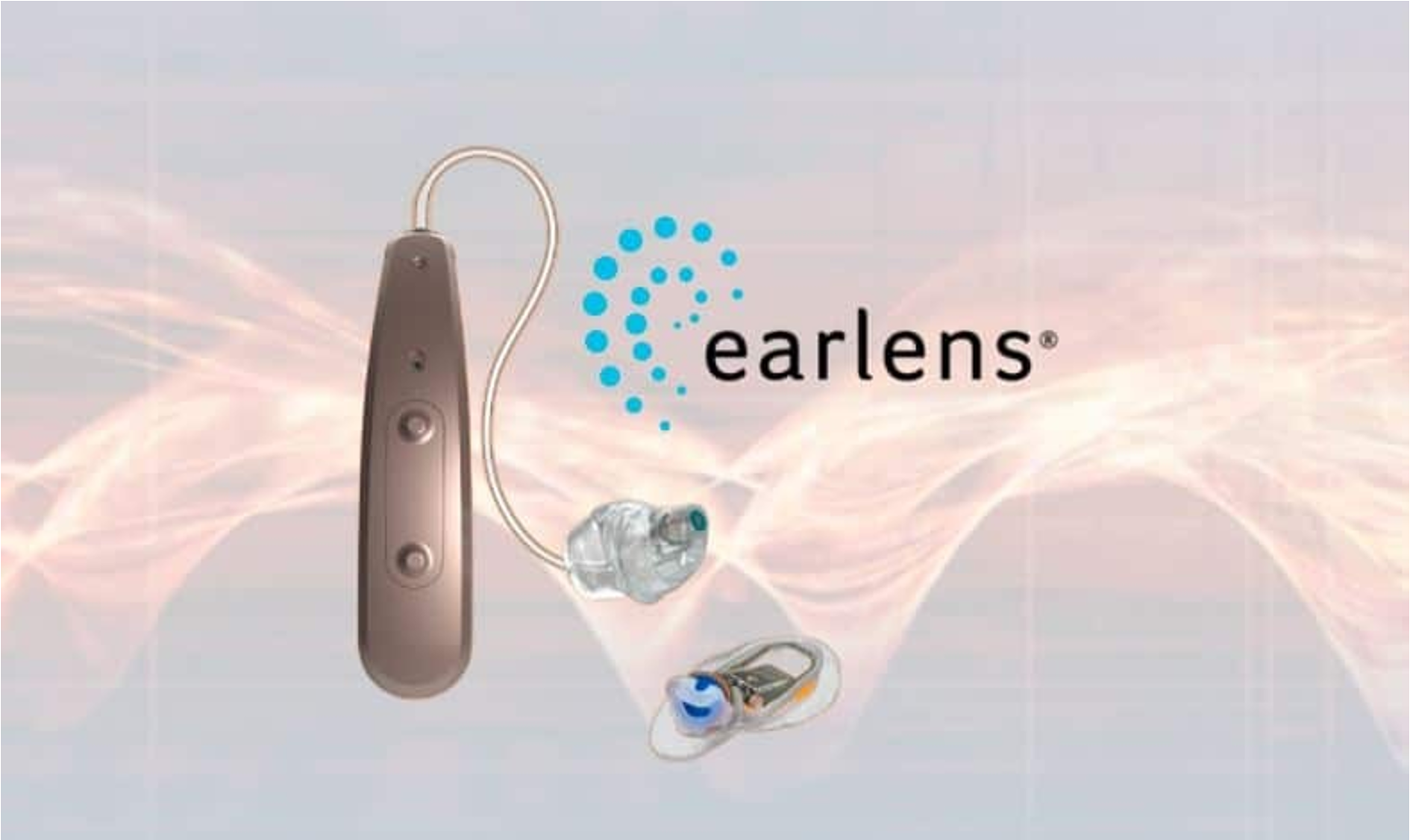
Who Can Benefit from Cochlear Implants
Cochlear implants suit severe to profound hearing loss, particularly for those with damaged hair cells in the cochlea.
Battery Life and Maintenance
- Earlens: Uses a rechargeable battery lasting a full day - practical for daily use.
- Cochlear Implants: External processor uses a rechargeable battery, potentially needing frequent charging. Requires regular maintenance and follow-up appointments for internal components.
Fitting and Customization
- Earlens: Custom fit by an audiologist, placing the lens precisely on the eardrum for optimal performance and comfort.
- Cochlear Implants: Post-surgical implantation requires programming and fine-tuning by an audiologist, with regular follow-ups to adjust settings as needed.
Pros & Cons of Earlens and Cochlear Implant
Pros & Cons of Earlens
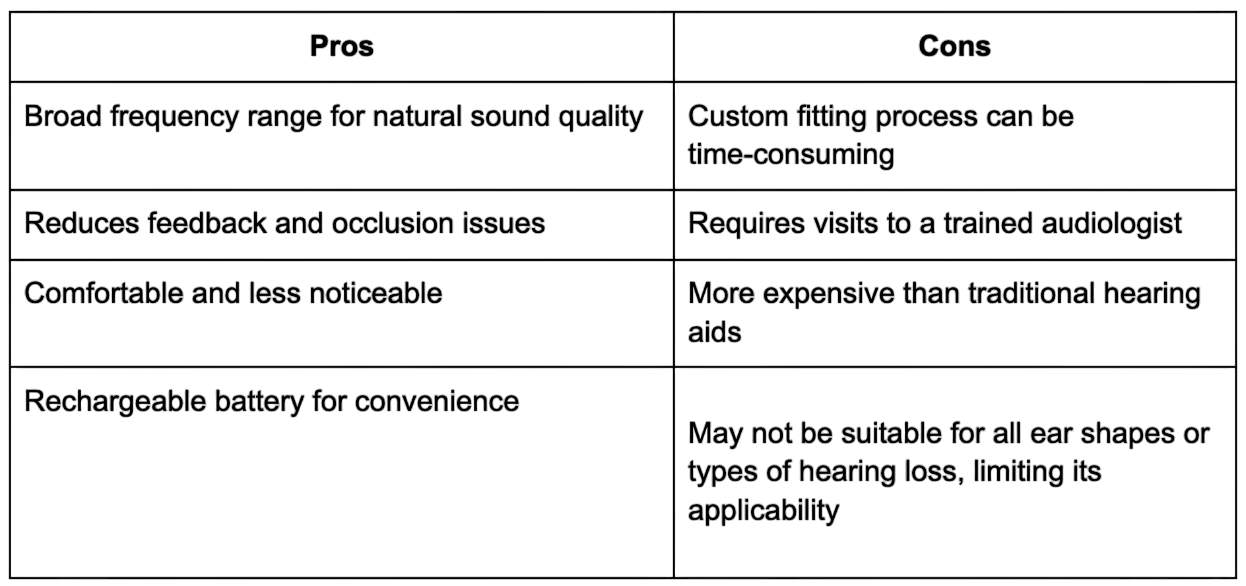
Pros & Cons of Cochlear Implants
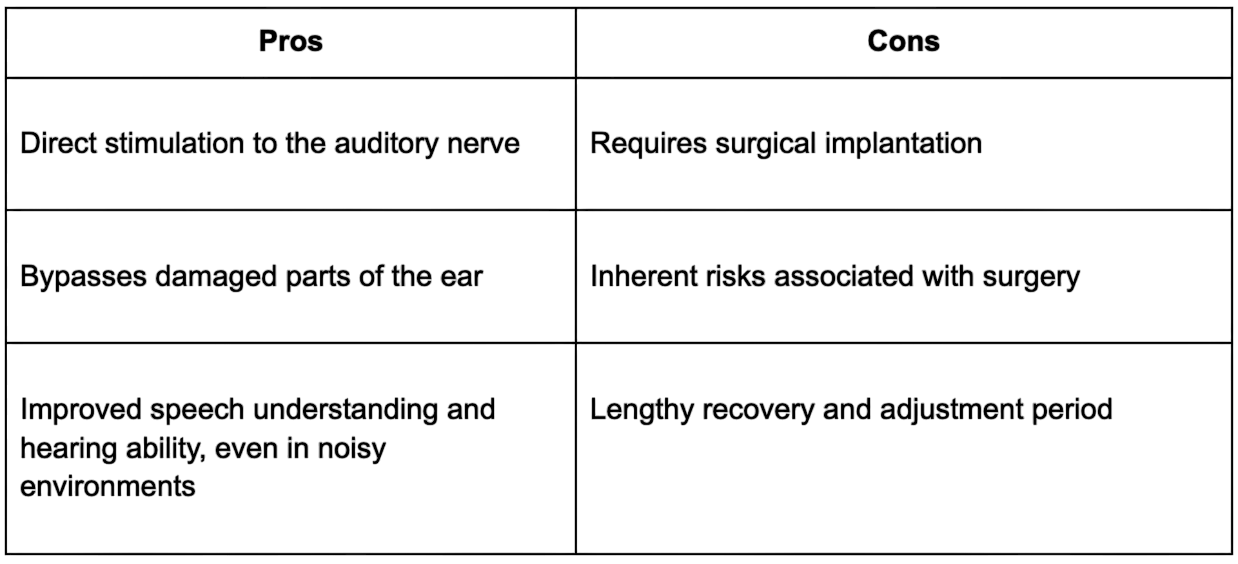
How Nano Hearing Aids Can Help
Audacity RIC: Modern hearing aids with Bluetooth connectivity and customizable fit for an optimal hearing experience.
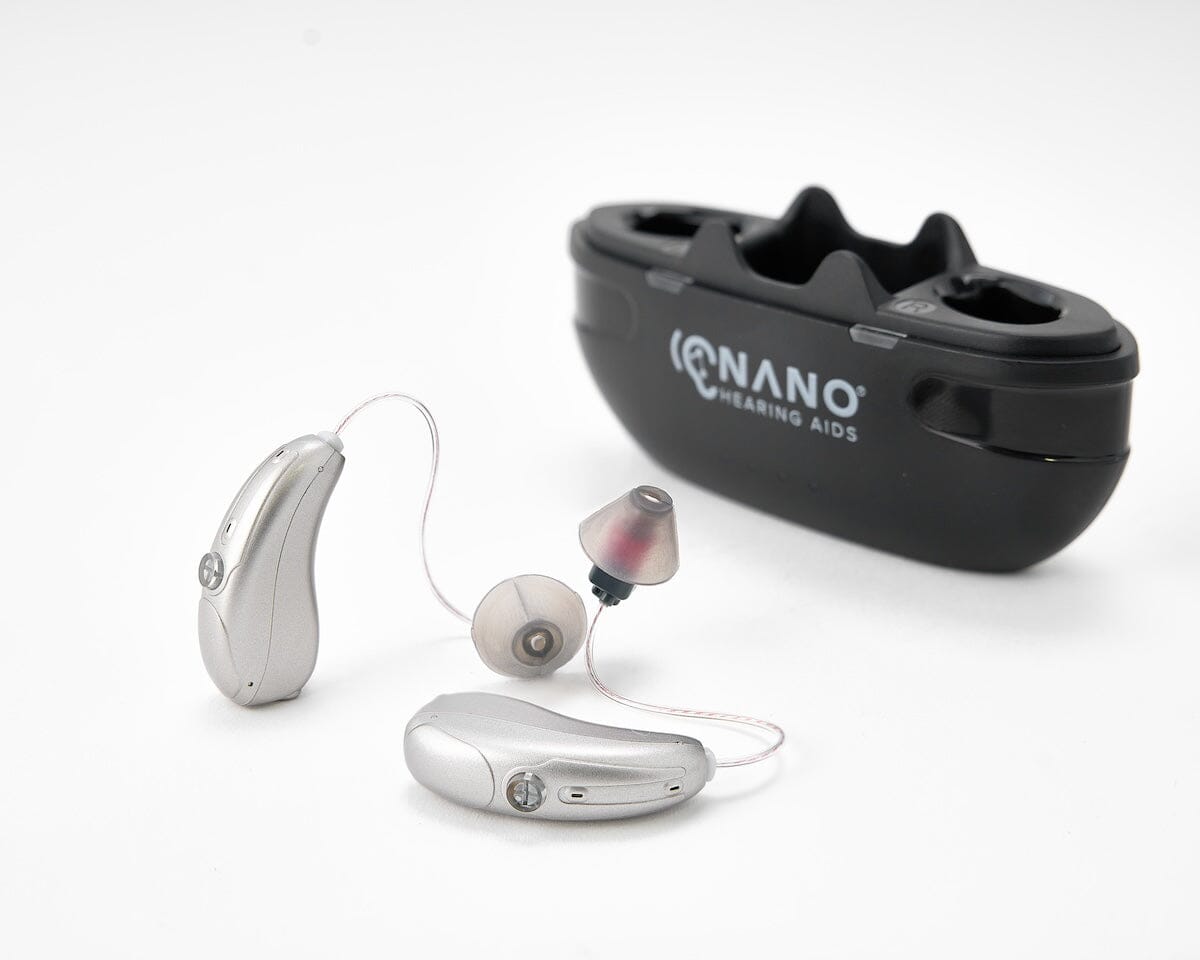
At Nano Hearing Aids, we offer a compelling alternative to Earlens, specifically for perceived mild to moderate hearing impairment. With over seven years of experience, our FDA-registered Class I devices are true hearing aids, not just simple sound amplifiers - and they’re available without prescription. Our models, including the Audacity RIC and First Ear Plus ITE, are user-friendly with up to 4 listening profiles and comfortable tips in multiple sizes for a perfect fit.
The Audacity RIC connects with the Nano Audacity App through Bluetooth and lets you take calls and stream audio, while the First Ear Plus ITE has simple touch controls and a sporty earbud design. Both models have powerful feedback cancellation, noise management, and come with portable charging cases. All models are backed with a 1-year warranty and a 45-day money-back guarantee.
Frequently Asked Questions (FAQ)
How long does the initial fitting process take?
The initial fitting process for Earlens takes several appointments to ensure the lens is correctly placed on the eardrum. For cochlear implants, the process includes surgical implantation followed by programming and fine-tuning sessions - known as mapping - which can take weeks to months to complete.
Are these devices covered by insurance?
Coverage for Earlens and cochlear implants varies by insurance provider and policy. Cochlear implants are often covered as a medical necessity for severe hearing loss. Earlens may not always be covered, check with your insurance provider.
What is the expected lifespan of each device?
Earlens devices generally last several years with proper care and maintenance. Cochlear implants have internal components designed to last a lifetime, but the external processor may need replacement every 5-10 years. Our OTC hearing aids are built to last several years with regular maintenance ensuring optimal performance.
Can either device be used during physical activities?
Yes, both Earlens and cochlear implants can be used during physical activities, but there are considerations. Earlens, being non-surgical, is less invasive and can be worn during most activities. Cochlear implants require caution during high-impact sports to avoid damage to the external components.
What is an alternative to Earlens?
Nano is an affordable and effective alternative to Earlens, designed specifically for perceived mild to moderate hearing loss. Our FDA-registered Class I hearing aids are true hearing devices that deliver quality sound and improve speech clarity.
Models like the Audacity RIC and First Ear Plus ITE are the most popular due to their advanced features and discreet design.

